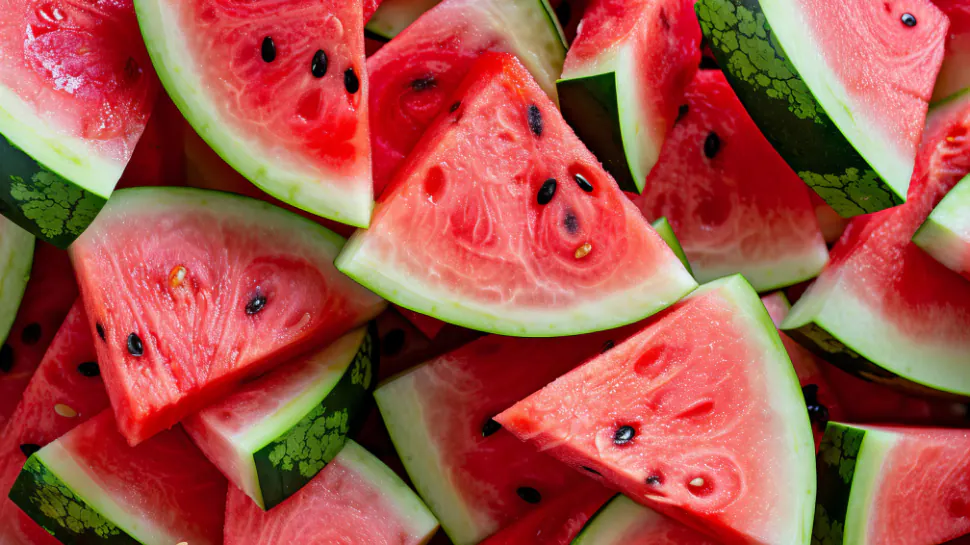With temperatures soaring across the globe and summer in full swing, one fruit stands out as the ultimate seasonal delight — the watermelon. Juicy, hydrating, and bursting with flavor, this quintessential summer fruit is a must-have on every table. However, selecting a sweet and ripe watermelon can be challenging for even the most seasoned shopper. Here are expert-backed tricks to help you identify the perfect watermelon and make your summer 2025 tastier than ever.
🎯 The Watermelon Dilemma
Despite its popularity, many consumers remain unsure of how to choose a ripe watermelon. Often, shoppers are left thumping, shaking, or sniffing fruit with uncertain results. With watermelon demand peaking in grocery stores and local markets, understanding what to look for can save both time and disappointment.
🔍 Expert Tips for Choosing a Sweet Watermelon
- Check the Field Spot:
The field spot — the creamy, yellowish patch on the underside of the watermelon — is a critical indicator of ripeness. A deep yellow or buttery gold spot signifies that the melon ripened naturally on the vine, resulting in enhanced sweetness. A white or pale green field spot often indicates premature harvesting. - Observe the Webbing:
Those brown, web-like scars on the surface of a watermelon may seem like imperfections, but they’re a good sign. These are sugar spots, caused by bees pollinating the flower. The more webbing, the sweeter the fruit is likely to be. - Go for Uniform Shape and Size:
Opt for a watermelon that has a symmetrical, uniform shape — whether round or oval. Irregular bumps or dents can signal inconsistent growth and potentially compromised taste. Additionally, avoid overly large melons if sweetness is your priority; medium-sized fruits tend to be juicier and better balanced in flavor. - The Sound Test:
Tapping the watermelon can give clues to its ripeness. A deep, hollow sound often signals a juicy and ripe fruit. A dull or flat tone may indicate that the melon is under- or over-ripe. - Look at the Tail:
The watermelon’s tail or stem can also hint at its readiness. A dry and brown stem suggests the fruit was allowed to ripen on the vine. In contrast, a green stem may mean it was harvested too early.
With increasing consumer awareness around sustainable farming and produce quality, making informed fruit selections is more relevant than ever. Additionally, climate shifts have impacted growing conditions, making traditional ripeness cues even more essential. As watermelon sales surge across regions like North America, Southeast Asia, and the Mediterranean, proper selection techniques are key to minimizing food waste and maximizing nutritional benefits.
Watermelon is not just a refreshing treat — it’s a symbol of summer gatherings, hydration, and wholesome enjoyment. By mastering these simple yet effective tips, consumers can confidently select sweet, ripe watermelons that elevate picnics, barbecues, and poolside feasts. As demand grows for fresher, tastier fruits, knowing how to choose watermelon like a pro is no longer just helpful — it’s essential.



